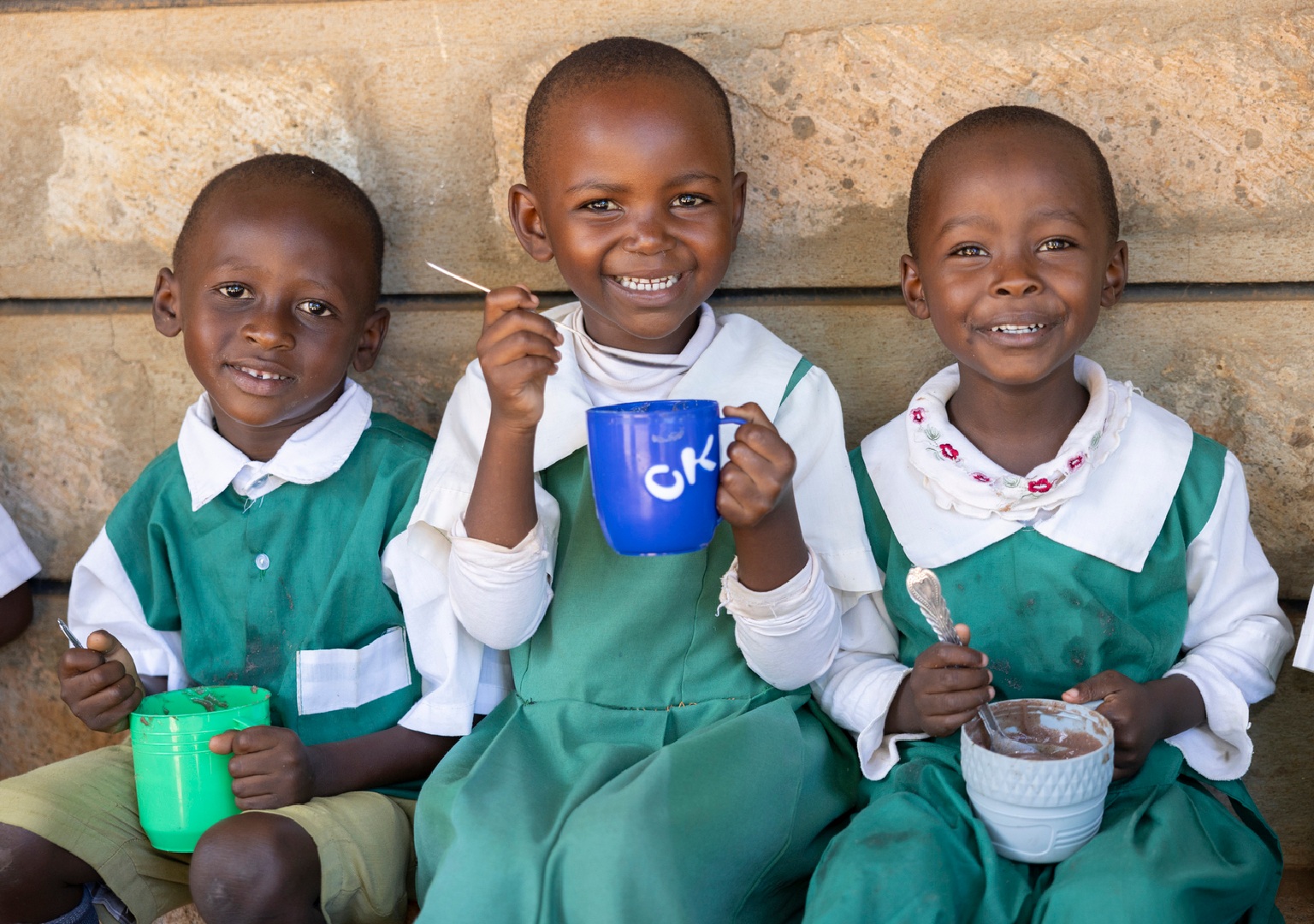How ChildFund safeguards children
ChildFund exists to connect children with what they need to grow up healthy, educated, skilled and, so all those good things can come true, safe: safe at home, safe at school, safe in community, safe online. This statement of what we do very generally describes our child protection work and all it supports.

For us to truly do the work of child protection, we must also be a child-safeguarding organization. That means that we are committed to safeguarding the rights, interests and well-being of children with whom we are in contact, and to conducting our programs and operations in a manner that is safe for children
What does that mean?
We prevent child abuse and other types of child safeguarding incidents. That means we minimize risks to children through awareness, good practice and training of all staff, and we take steps to protect children when the need arises.
We report child abuse. Every employee throughout ChildFund’s global organization is trained on the steps to take and whom to contact when safeguarding concerns arise.
We respond to child abuse. We support children at the center of safeguarding concerns, and we support people who raise any such concerns. We investigate or cooperate with investigations and take action to prevent the recurrence of safeguarding violations.
We ensure that all ChildFund representatives are aware of and committed to child safeguarding best practices. Every job description, no matter the role, includes child safeguarding as a responsibility. All employees are trained in child safeguarding during onboarding, and all employees undergo annual training on child safeguarding for the duration of their employment.
We ensure compliance with either in-country child welfare and protection legislation or international standards, whichever affords greater protection, and with U.S. law where applicable.
Our agreements with local implementing organizations and other business partners require that they share our commitment to child safeguarding policies and procedures that are no less stringent than ChildFund’s. All our programs include risk assessments in which child safeguarding risks are considered.
ChildFund’s management is committed to corrective action in response to child safeguarding violations, including disciplinary, legal or other action against violators or any ChildFund representative aware of a violation.
Child safeguarding includes confidentiality of child information. We manage children’s records respectfully, professionally, confidentially and in compliance with applicable law. Children’s information and imagery are captured and shared only with consent. When ChildFund shares children’s stories and information publicly, we share only the child’s short name, age and general region in their country – never specific community-level information or any other details that would allow a child’s identity to be traced.
We share our commitment to child safeguarding with supporters (sponsors and other donors) so that they can align their own behaviors with this commitment, including understanding how communications between sponsors and children are managed. To ensure that children are not placed at risk by communications with sponsors, several risk mitigation strategies are to be in place:
- ChildFund will not knowingly allow a supporter to remain in a sponsorship relationship if they have a conviction for child abuse or a related offense. ChildFund implements this child protection tenet by consistently following procedures such as background checks and public records searches when supporters are to come in direct, physical contact with children, and ChildFund retains the right to carry out such checks at other times when deemed appropriate.
- Communications between sponsors and children are permitted only through ChildFund; for everyone’s safety, we prohibit direct communications between sponsors and children, including through social media. ChildFund also tells sponsors not to share their sponsored child’s identifying information (family name and information, birthday, specific location, school) on their own social media.
- ChildFund monitors and screens communication between children and sponsors, acting when behaviors put children or sponsors at risk, and regularly assessing safeguarding procedures to ensure a child-safe environment. The ChildFund International Standard Operating Procedure Manual for Child Sponsorship provides detailed guidance on this.
- All communications are screened by the local organizations that implement ChildFund programs, with a selection of communications screened at country offices.
- Country office content reviewers are required to inform these partner organizations when a child’s communication raises concerns about the child’s well-being.
- Sponsors’ communications are screened for offensive, derogatory or demeaning content, as well as efforts to groom the child or family. Furthermore, letters must not contain any sexual references, provide sensitive or identifying personal details, or compromise the dignity of the child. All personal contact information is removed from all children’s and sponsors’ communications.
